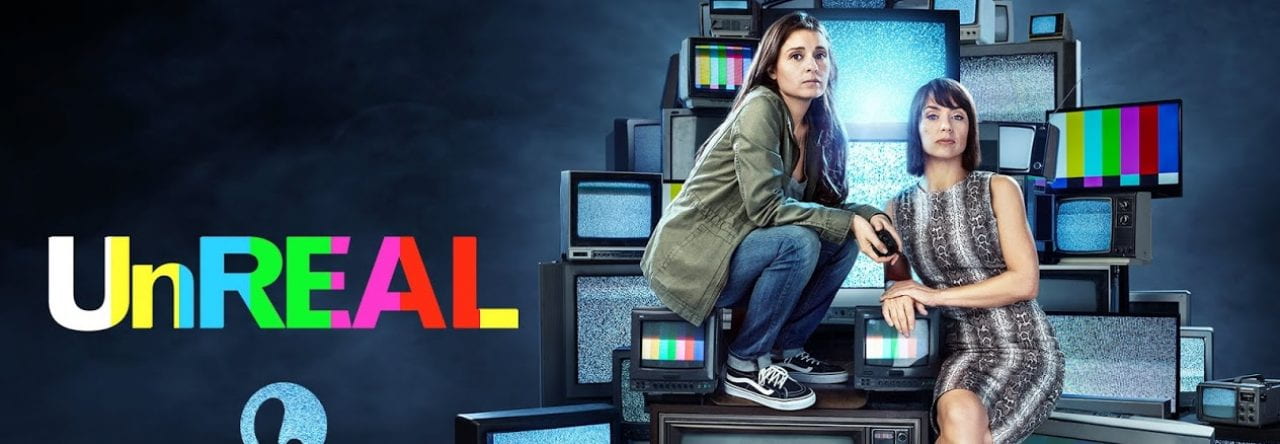A womb on legs, basically.
The Handmaid’s Tale is a horrifying show, I’m not going to sugarcoat it. It’s a different type of horror from a scary movie; instead of bracing yourself for a jump scare, you stare with your mouth open in disgust, eyebrows furrowed in disbelief. However, I will refrain from purely rambling about how shocking this show is to say this: this show is brilliant.
A pilot episode is supposed to draw a viewer in and introduce one to the storyline and dynamic of the characters. In The Handmaid’s Tale, I was thrown right into a terrifying society where torture, sexual abuse, and zero respect for women were the “new ordinary.” During desperate times of war, the US falls back on military rule and religious extremism, in which freedom and democracy are stripped from everyone. Although the setting is a modern United States, the “new ordinary” makes the environment (almost) unrecognizable.

“It’s forbidden now. So many things are forbidden now.” Things that we once okay are now punishable by death.
Both the stylistic elements of the writing and the plot demonstrates this new society and the unfamiliarity of it. The first episode starts off with an intense flashback, then all of a sudden a silhouette with a voiceover: “A chair. A table. A lamp. There’s a window with white curtains, and the glass is shatterproof.” Most of the time, there is silence or very quiet, somber music. Sounds of rain, breathing, and footsteps are emphasized. The new world is so much simpler, but the short dialogue immediately conveys the silencing of many. The main character, Offred, even thinks in a peaceful tone, using short but sarcastic sentences because silent mockery is the only way she can show resentment.
Offred has been living in this society for long enough to establish a routine, but not long enough to adjust completely and often reminisces about her past life as a wife and mother. This in-between place allowed the show writers to utilize first-person narration and express ambiguity. So many terms confused me: “Handmaid, Ceremony, Martha, Eye, Unwoman, Colonies, etc.” I kept asking questions about what they were wearing, why something was happening, and felt general confusion. But by building this confusion, the writers captured my attention and kept me intrigued.
Even though the showrunner, Bruce Miller, is male, he based the first season on Margaret Atwood’s novel; hopefully, he continued the theme of feminism in season two and acknowledged the opinions of the female producer and writers. Though, just judging based on the first few episodes, Miller effectively conveys the importance of feminism by removing it from the characters’ society. The contrast between the two societies, along with the parallels with reality, are well-written and make this show so jarring and thought-provoking.

Comments are closed.